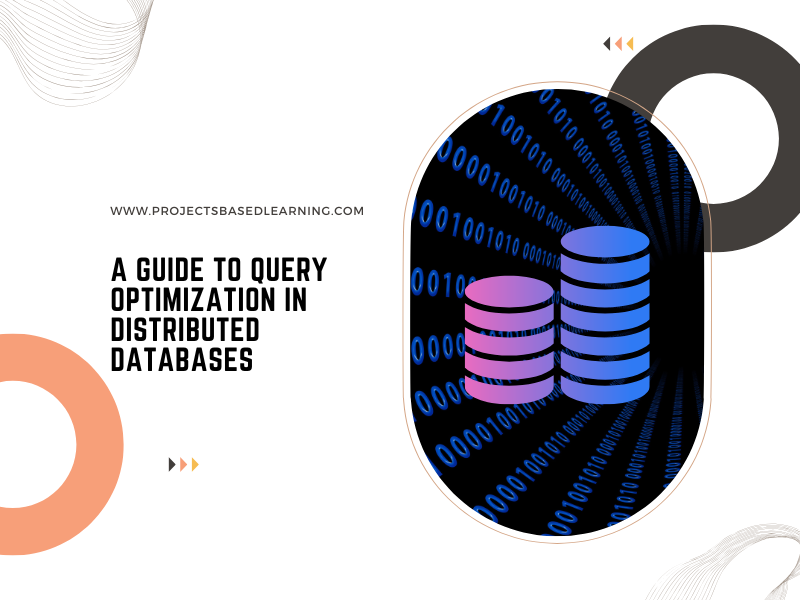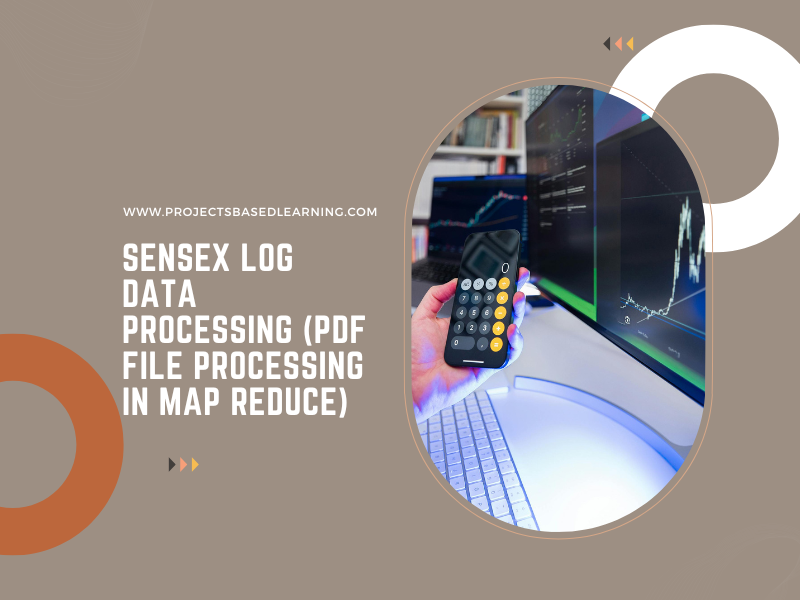Introduction
In the age of big data and cloud computing, data is rarely stored in a single location. Instead, organizations use distributed databases to spread data across multiple servers or regions for scalability, fault tolerance, and high availability.
However, while distributed databases offer many advantages, they also introduce performance challenges. Poorly optimized queries can cause excessive network transfers, uneven workload distribution, and long response times.
This guide will walk you through query optimization techniques that can help you get the best performance out of your distributed database systems.
What is Query Optimization in Distributed Databases?
Query optimization is the process of improving the efficiency of database queries so they return results faster while using fewer resources.
In distributed databases, optimization is even more important because:
Data is stored on multiple nodes (network latency matters)
Queries may require joining or aggregating data across nodes
Processing costs increase with poor partitioning and filtering strategies
Key Challenges in Query Optimization for Distributed Databases
Data Distribution – Poor partitioning can lead to uneven workloads (data skew).
Network Overhead – Large data transfers between nodes can slow queries.
Join Performance – Distributed joins require careful planning to minimize shuffling.
Resource Management – Queries compete for CPU, memory, and I/O across the cluster.
Techniques for Query Optimization in Distributed Databases
1. Partitioning for Parallelism
Partitioning ensures that data is divided evenly across nodes so queries can be executed in parallel.
Example (Hive):
CREATE TABLE sales (
order_id STRING,
customer_id STRING,
amount DOUBLE
)
PARTITIONED BY (order_date STRING)
STORED AS PARQUET;
Tip: Choose partition keys that align with your most common filter conditions (e.g., date, region).
2. Predicate Pushdown
Move filters as close to the data source as possible so that less data is transferred across the network.
Example (Presto/Trino):
SELECT customer_id, SUM(amount)
FROM sales
WHERE order_date >= ‘2024-01-01’
GROUP BY customer_id;
Here, filtering on order_date ensures only relevant partitions are scanned.
3. Avoiding Data Skew
Data skew happens when one node processes significantly more data than others. This can cause bottlenecks.
Solution:
Use salting to distribute skewed keys.
Use bucketing in Hive/Spark to evenly distribute data.
Example (Hive Bucketing):
CREATE TABLE transactions (
txn_id STRING,
customer_id STRING,
amount DOUBLE
)
CLUSTERED BY (customer_id) INTO 8 BUCKETS;
4. Minimize Distributed Joins
Distributed joins can cause excessive shuffling of data.
Optimization Strategies:
Join on partitioned or bucketed columns.
Use broadcast joins when one table is small.
Example (Spark SQL Broadcast Join):
SELECT /*+ BROADCAST(customers) */
o.order_id, c.customer_name
FROM orders o
JOIN customers c ON o.customer_id = c.customer_id;
5. Use Columnar Storage Formats
Columnar formats like Parquet and ORC reduce I/O by scanning only the required columns.
Example (Hive):
CREATE TABLE sales_parquet
STORED AS PARQUET
AS SELECT * FROM sales;
6. Leverage Materialized Views
Materialized views store pre-computed results, which can significantly speed up queries.
Example (BigQuery):
CREATE MATERIALIZED VIEW mv_sales_summary AS
SELECT customer_id, SUM(amount) AS total_spent
FROM sales
GROUP BY customer_id;
Query Optimization Workflow
Profile Your Query – Use
EXPLAINor query plan visualizers to identify bottlenecks.Reduce Data Scans – Apply partitions, filters, and column pruning.
Optimize Joins – Minimize shuffles and leverage broadcast joins.
Cache Repeated Results – Use caching or materialized views.
Test Iteratively – Optimize, run, and compare execution times.
Best Practices for Distributed Query Optimization
Always filter early in your queries.
Avoid **SELECT *** unless absolutely necessary.
Monitor cluster resource utilization to identify hotspots.
Regularly analyze and reorganize partitions.
Use query execution logs to detect slow operations.
Conclusion
Optimizing queries in distributed databases isn’t just about faster results—it’s about reducing costs, improving scalability, and ensuring a smoother user experience.
By leveraging partitioning, predicate pushdown, columnar storage, and efficient joins, you can drastically improve the performance of big data workloads in systems like Hive, Spark SQL, Presto, BigQuery, and Snowflake.
Remember: Optimization is an iterative process. The more you analyze query execution plans, the more opportunities you’ll find to make your queries faster and more efficient.

